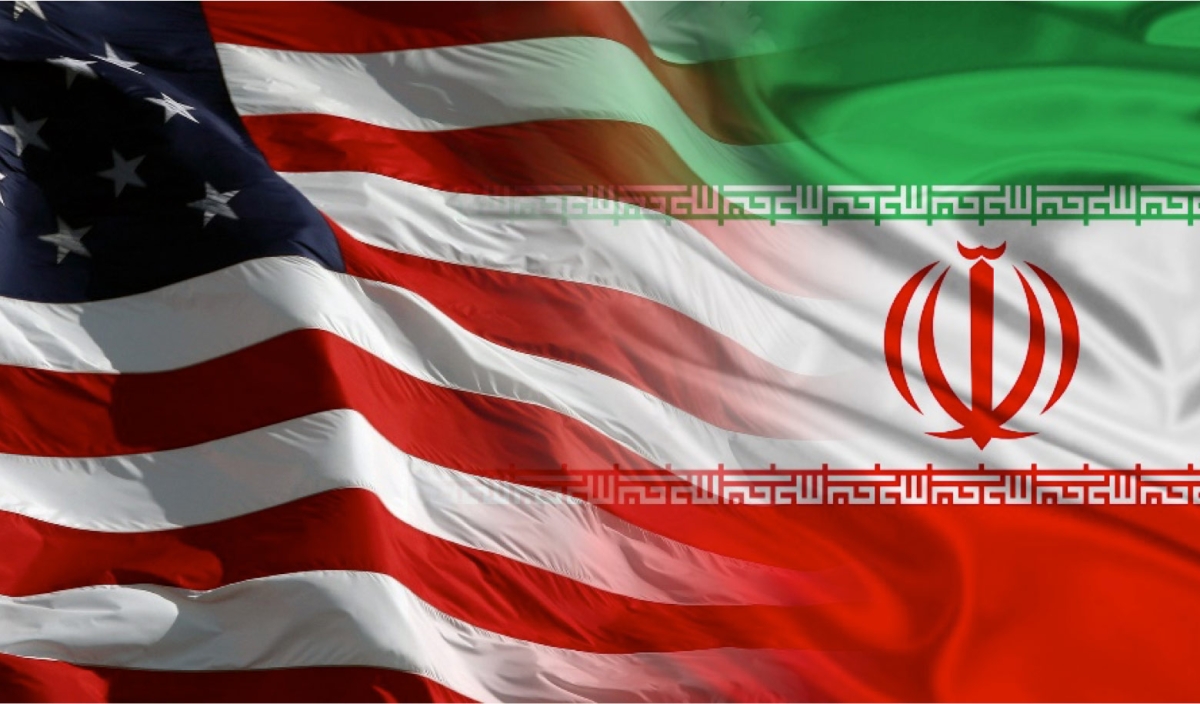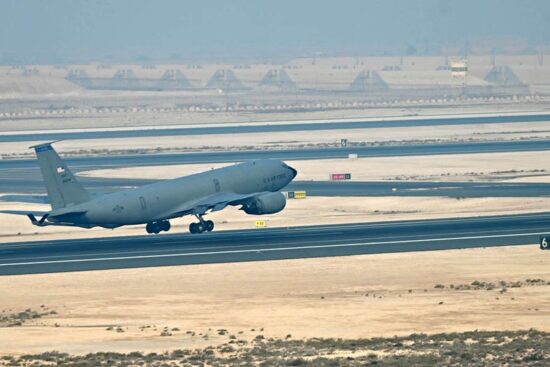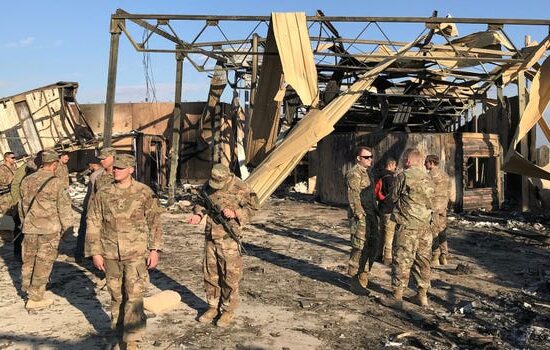
The relationship between Iran and the United States is one of the most complex and volatile in modern geopolitics. From historic alliances to decades of distrust and confrontation, the Iran and USA relations have shaped global diplomacy, security, and energy markets.
In this blog, we explore how the relationship evolved, where it stands today, and what the future may hold.
A Brief History of Iran–USA Relations
Pre-1979: From Allies to Strategic Partners
- The U.S. and Iran were once close allies. The U.S. supported the Shah of Iran and helped modernize the country during the 1950s–70s.
- In 1953, the CIA backed a coup to overthrow Prime Minister Mohammad Mossadegh, reinstating the Shah—sowing seeds of long-term resentment.
Post-1979: The Islamic Revolution Changed Everything
- In 1979, the Iranian Revolution overthrew the Shah and established the Islamic Republic under Ayatollah Khomeini.
- The U.S. Embassy hostage crisis (1979–1981), where 52 Americans were held for 444 days, led to the severing of diplomatic ties.
Period of Conflict and Confrontation
Over the decades, the relationship was defined by sanctions, proxy wars, and accusations.
- 1980s: U.S. supported Iraq in the Iran–Iraq War.
- 1990s–2000s: Sanctions expanded due to Iran’s nuclear ambitions and support for militant groups.
- 2010s: Cyberwarfare, drone attacks, and naval standoffs in the Persian Gulf became common.
The 2015 Nuclear Deal (JCPOA) – A Turning Point?
- In 2015, Iran and six world powers (including the U.S.) signed the Joint Comprehensive Plan of Action (JCPOA).
- Under JCPOA, Iran agreed to limit nuclear enrichment in exchange for sanctions relief.
- However, in 2018, the Trump administration withdrew from the deal, re-imposing strict sanctions.
- Iran gradually scaled back its compliance, reigniting tensions.
Flashpoints in Recent Years
- January 2020: The U.S. killed General Qassem Soleimani, head of Iran’s Quds Force, in Baghdad.
- Iran responded with missile attacks on U.S. bases in Iraq. No American deaths were reported, but over 100 soldiers suffered traumatic brain injuries.
- 2021–2024: Diplomatic efforts to revive the JCPOA failed repeatedly.
- 2025: The U.S. participated in joint attacks on Iran’s nuclear sites alongside Israel, significantly worsening relations.
Current State of Iran–USA Relations (2025)
- No direct diplomatic relations; communications occur through Swiss intermediaries or multilateral forums.
- Military tension remains high, especially in the Middle East.
- Cyberattacks and proxy conflicts continue in Iraq, Syria, Lebanon, and Yemen.
- Trade is nearly non-existent, and Iran remains under heavy economic sanctions.
Quick Snapshot: USA–Iran Relations Today
- No embassies or consulates
- Mutual military threats in the Gulf region
- Regular cyber confrontation
- Indirect impact on global oil and energy markets
- Occasional talks via the UN, EU, or neutral states
What Lies Ahead?
Best-Case Scenario:
- A new nuclear agreement or peace framework could bring stability.
- Humanitarian diplomacy and people-to-people engagement may open pathways.
Worst-Case Scenario:
- Open conflict through proxy wars or direct strikes.
- Further isolation of Iran and increased regional instability.
Final Thoughts
The Iran and USA relationship is shaped by history, ideology, and power. It remains one of the most watched geopolitical rivalries in the world. While military action dominates headlines, behind-the-scenes diplomacy continues—and the next U.S. or Iranian leadership decisions could reshape the future entirely.







